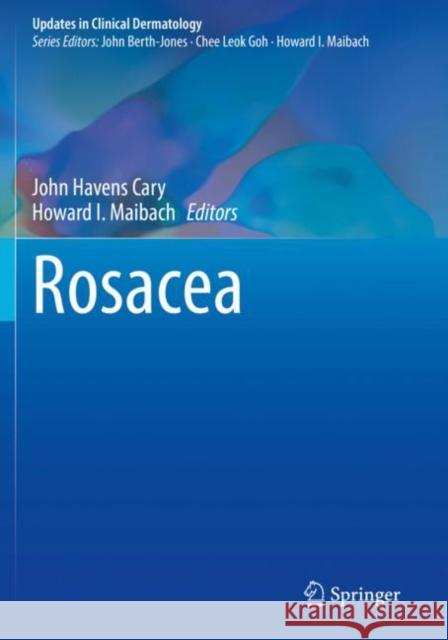Rosacea » książka
topmenu
Rosacea
ISBN-13: 9783030520991 / Angielski / Miękka / 2021
Rosacea
ISBN-13: 9783030520991 / Angielski / Miękka / 2021
cena 253,48 zł
(netto: 241,41 VAT: 5%)
Najniższa cena z 30 dni: 250,57 zł
(netto: 241,41 VAT: 5%)
Najniższa cena z 30 dni: 250,57 zł
Termin realizacji zamówienia:
ok. 20 dni roboczych.
ok. 20 dni roboczych.
Darmowa dostawa!
This concise, comprehensive book provides the most recent updates on rosacea management strategy, pathophysiology, genetic and environmental contribution, comorbidities, and other various topics. It meets the market need for a book that examines topics that are not typically included in rosacea textbooks.
Beginning with a discussion on the current clinical understanding of the disease, this book reviews the aforementioned topics in a thorough yet accessible fashion. Complete with tables detailing a variety of drugs in an unbiased manner as well as color photos of real patients, each chapter aims to relay useful, practical information to dermatologists at every stage in their career.
A valuable contribution to the Updates in Clinical Dermatology Series, Rosacea aims to promote the rapid and efficient transfer of medical research into clinical practice for the benefit practitioners and patients alike.











